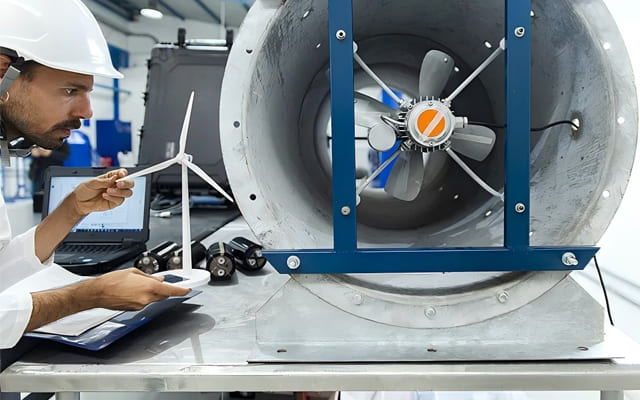Meta Description: Fast and reliable wind turbine shaft repair using on-site polymer technology. Avoid disassembly, cut downtime, and extend turbine life.
Introduction: Why Wind Turbine Shaft Repair Matters
Wind turbines are vital for renewable energy generation. However, over time, components wear out—especially the turbine shaft. Wind turbine shaft wear is a common issue that can reduce system efficiency or even cause breakdowns.
In the past, technicians often removed the entire shaft and shipped it back to a factory for repairs. That process cost time and money. Today, you can complete wind turbine on-site using advanced polymer-based techniques.
What Causes Shaft Wear in Wind Turbines?
Several mechanical and environmental factors cause shaft wear:
-
Misaligned bearings
-
Inadequate or contaminated lubrication
-
Excessive vibration
-
Harsh environments (dust, salt, extreme temperatures)
-
Long-term metal fatigue
Without prompt attention, these issues lead to larger failures. That’s why regular wind turbine is essential.
On-Site Repair vs. Factory-Based Repair
When deciding how to fix a worn shaft, you have two main options: factory-based or on-site wind turbine shaft repair.
| Feature | Factory Repair | On-Site Repair |
|---|---|---|
| Downtime | Several weeks | 1–2 days |
| Cost | High (shipping + labor) | Lower |
| Process | Requires disassembly | No disassembly |
| Risk | Potential damage during transport | Minimal |
Modern in-situ repair eliminates the need to disassemble the turbine. You save time, cut costs, and reduce risk.
Wind Turbine Shaft Repair Process (Step-by-Step)
Here’s how a typical wind turbine shaft repair is completed on-site:
1. Surface Cleaning
Technicians use a heat gun to carbonize and remove oil and dirt. Then, they roughen the shaft surface with a grinder. Finally, they wipe the surface clean using anhydrous ethanol.
2. Tooling Setup and Fit Check
They install a custom tool to check alignment. If the shaft rotates freely without gaps, the setup is good. After testing, they remove the fixture and coat its inner surface with release agent (e.g., SD7000).
3. Material Mixing and Application
Technicians mix a carbon nano polymer compound until it reaches a uniform consistency. Then they apply the compound to the worn shaft area and reinstall the fixture to shape the repair.
4. Heat-Assisted Curing
They apply controlled heat using heat blankets or hot air guns. This accelerates curing and improves the compound’s strength and durability.
5. Finishing and Reassembly
After curing, they remove the fixture and verify dimensions. If needed, they fine-tune the shape by grinding. Finally, they reinstall the bearing and close the turbine housing.
What Materials Work Best for Shaft Repair?
Technicians use high-performance polymer repair compounds designed specifically for wind turbine shaft repair. These materials:
-
Bond strongly to metal
-
Resist corrosion and chemicals
-
Withstand pressure and vibration
-
Extend equipment lifespan
-
Work well in extreme weather
By choosing polymer over welding, you avoid thermal damage and structural changes to the shaft.
Why Choose On-Site Shaft Repair?
Here’s why operators prefer on-site wind turbine shaft repair:
-
✅ Fast repairs (usually under 8 hours)
-
✅ No need to ship or dismantle the turbine
-
✅ Lower maintenance costs
-
✅ Safe, spark-free process
-
✅ Long-lasting results
This method also works well for offshore turbines, where factory returns are logisticall

